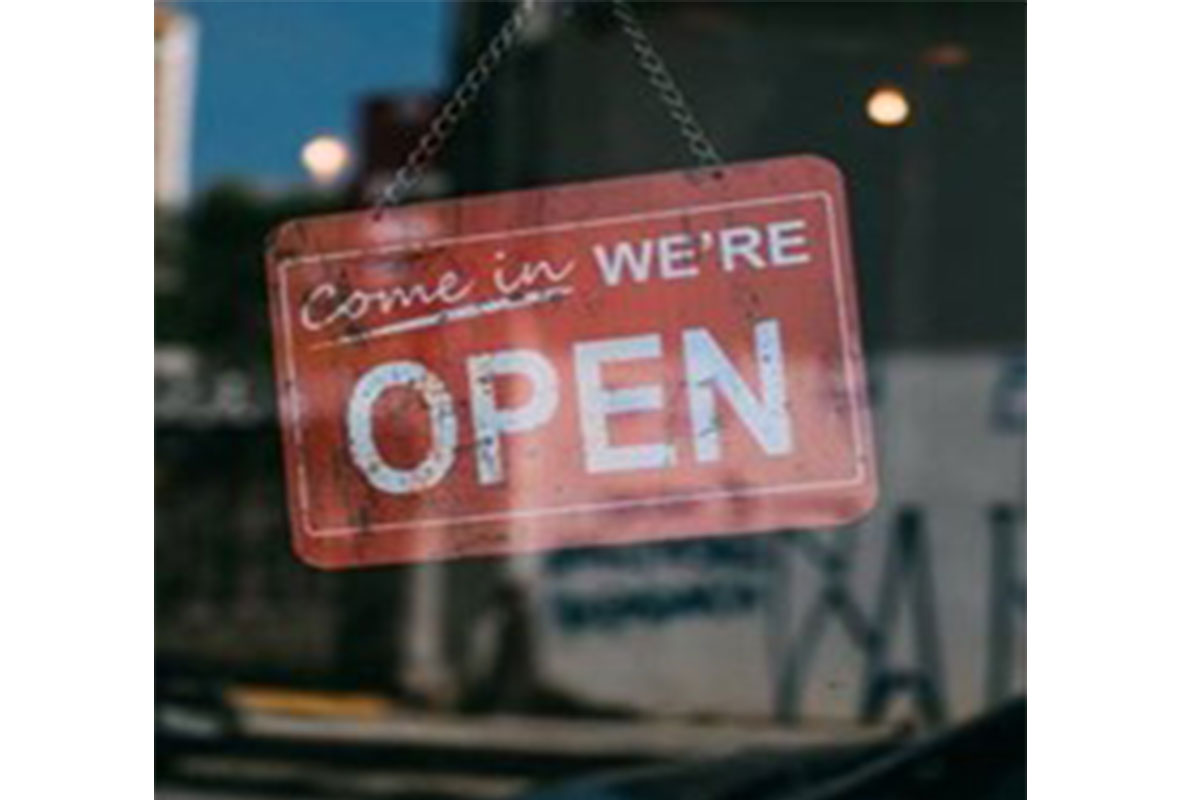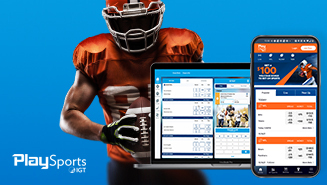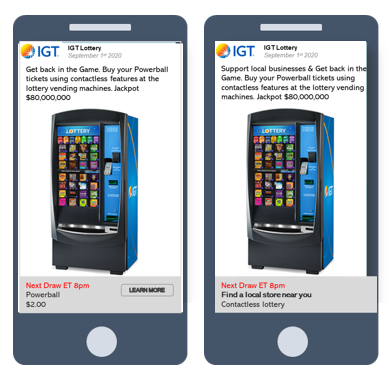
How can lotteries connect with players in this rapidly changing environment? As stores reopen, anxiety around exposure to the virus remains high. Though there is desire to shop in-store, over 70% of Americans feel they need further reassurance, and consumers are starting to change behaviors in response to hygiene concerns. Contactless and curbside pickup are accelerating, and, in the U.S., there is strong intent to continue these contactless activities. For example, 79% of consumers intend to continue or increase the use of self-checkout in retail.
The potential implications for the lottery industry are varied:
- Changing shopping behaviors are poised to have an impact on lottery buying habits, especially impulse purchases driven by display, such as instant games and high jackpot draw games.
- The desire for transactions that are contactless and hygienic could hasten existing trends previously driven by convenience, such as the use of vending machines, in-lane purchasing, online fulfilment, and cashless transactions.
- As stores reopen and consumers return to the office, lotteries may need to revisit their retail optimization models and include consumers’ new trusted retailers and brands. The increasing use of delivery, combined with the aging global population and the growth of online ordering, may pose a real threat to the lottery industry, and we need to stay relevant to remain “in the basket.”
- Inclusion in retailers’ online offerings poses several challenges and considerations, including age and payment-type restrictions, time sensitivity, and the independent inventory of an evolving, non-uniform product.
- One opportunity to prioritize immediately is vending. Many lotteries without vending are actively considering it as consumers demonstrate their openness to trying new channels in order to minimize clerk interaction and cash-handling.
- There is a need to educate consumers that draw-based games are often already available on existing vending machines offering contactless purchase. Marketing communication is key to conveying contactless messaging, and thoughtfully executed campaigns via social and other channels can educate players and help drive adoption.
Moving Forward in a New Retail Environment
Across all industries, it will be vital to reduce customer anxiety around in-person transactions, and self-service is a natural way to help achieve this. Some hygiene concerns related to self-service vending are easy to address, for example, by affixing wipes and sanitizer-dispensers to machines and removing attract-screen animations temporarily to reduce the number of touch interactions. Such changes also create opportunities for additional education and promotion. Traditional point of sale materials that advertise the vending machines’ features inform consumers about the benefits of using the machines. Additionally, including a QR code, which are currently enjoying a renaissance since the pandemic, can encourage players to learn more about your digital offerings and be a first step onto your digital path.
Marketing aimed at easing anxiety and educating players about contactless features is a strong place to start. Try adhering to these three tenets:
- Lead with helping, not selling—communicate that vending machines’ contactless capabilities can address players’ challenges and make retail transactions easier and safer.
- Consider using digital as an acquisition channel for retail—there is a tangible value to contactless capabilities as retail players are looking for these features now more than ever. Tell your players where they can play locally in a contactless way.
- Team up with local retailers to create symbiotic relationships, and market promotions specifically and directly to players. It is crucial to be mindful of hygiene concerns. Wipes, sanitizers, or even touchscreen gloves can be distributed to strengthen these relationships.
Lotteries can also evaluate new in-store real estate. For example, the now-ubiquitous sneeze screens can be used to remind players to get back in the game, improve the visibility of lottery products, and increase facings. Additionally, many lotteries have already invested in the rollout of in-lane sales via retailers’ systems. With retail shoppers looking to minimize time in-store and reduce clerk interactions, this is the time to promote in-lane lottery sales, where available.
As we continue to take stock of the pandemic’s impact, it is crucial that we acknowledge both the massive acceleration of digital transformation—particularly when it comes to digital shopping—as well as the consumers who haven’t given up on retail. We must align offerings with emerging consumer trends.
To learn more, join us for Part 3 in this series, “Offering Connected Play,” where we’ll discuss how lotteries can acknowledge and adapt to customer preferences and shopping behaviors across channels.




